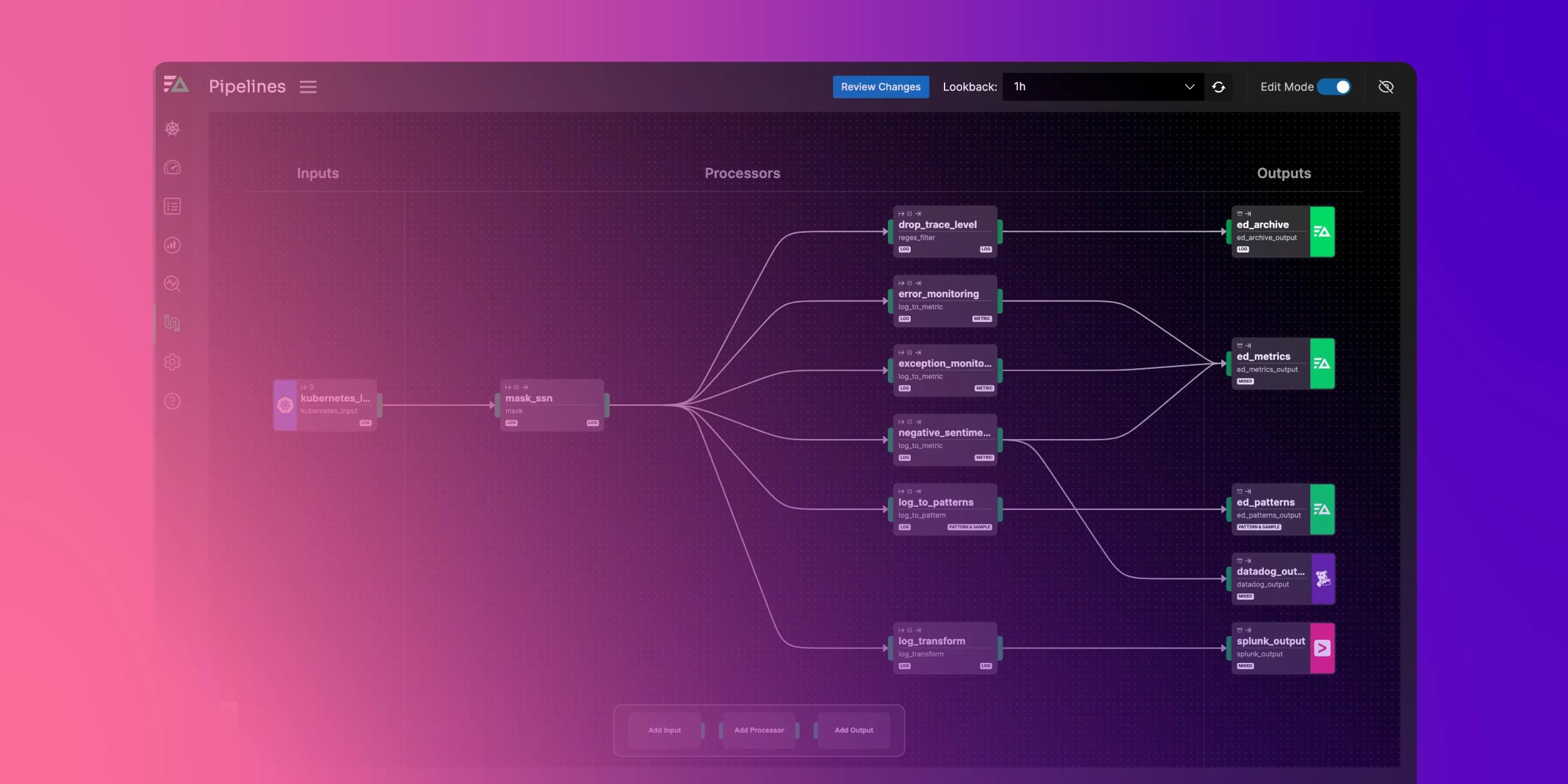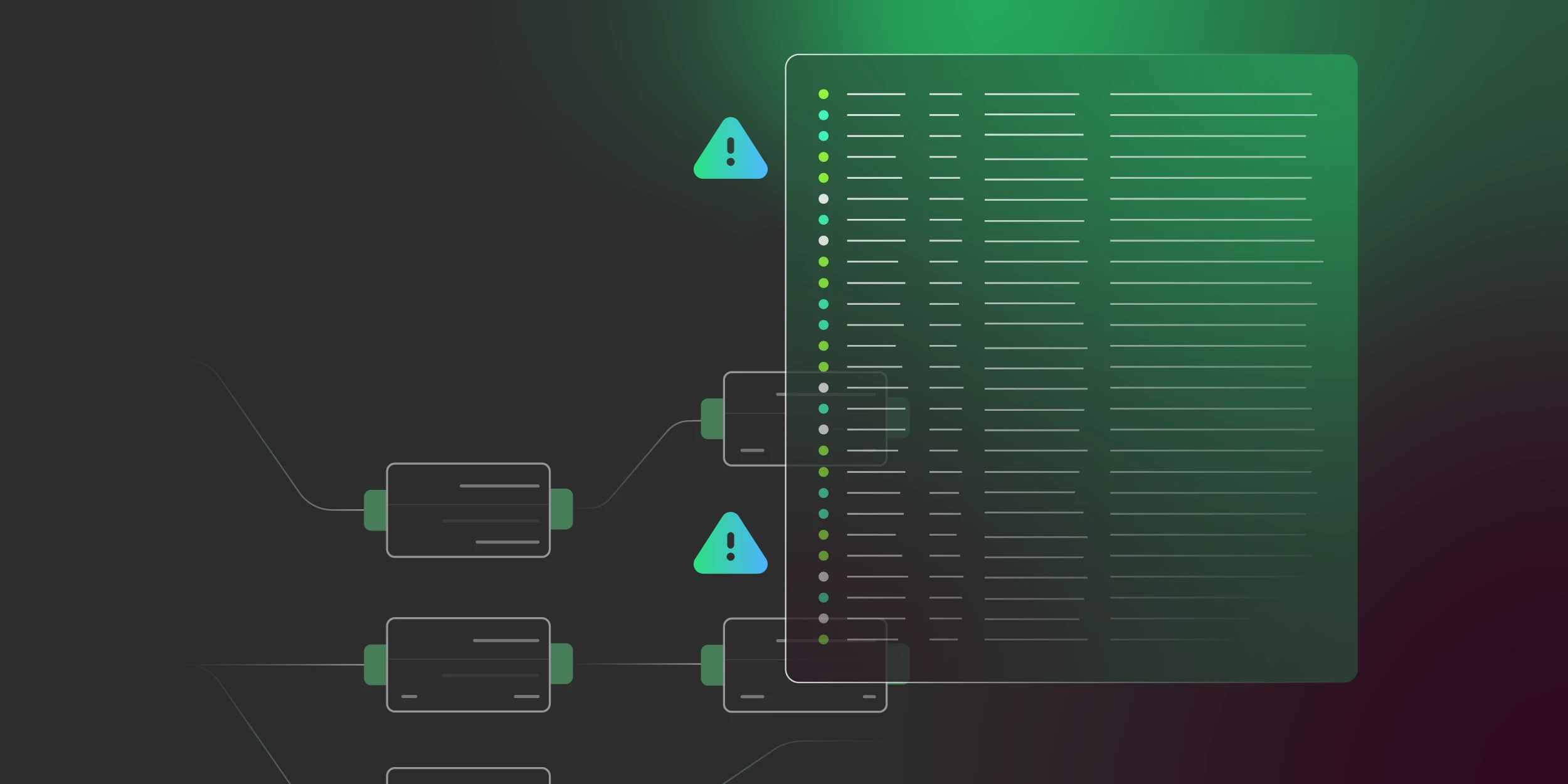Better data management becomes increasingly important as companies rely more on data. However, only around 32% of businesses have a defined data strategy. Another problem is that having a data strategy isn’t enough. It should be well thought out and have a solid foundation. Here’s where a data architecture framework becomes helpful.
Data architecture frameworks are the foundation for every organization’s data management. They support data-related tasks such as organization, documentation, processing, and analysis. With reliable frameworks, companies have a guide to achieving business goals with data. It’s a crucial starting point for all data management systems.
Excellent data management is crucial to a business’s success. Understanding data architecture frameworks should be the starting point of every organization. This article covers everything about these frameworks to improve data management for better business operations and performance.
Key Takeaways
- A data architecture framework is essential as it defines how a business manages data, serving as the foundation for all data-related functions and decisions.
- Frameworks must adhere to key principles for effective data process implementation within organizations; without them, frameworks become ineffective, leading to negative outcomes.
- Models such as TOGAF and the Zachman Framework serve as initial templates for creating data architecture frameworks, yet their suitability hinges on each business’s unique structure and requirements.
- As more modern technologies emerge, using specific technological features in data architecture frameworks is crucial to ensure adaptability and flexibility to future changes.
- While a business’s success depends on many factors, having a reliable data architecture framework is the first. This infrastructure ensures better data strategy and its implementation to achieve business goals.
Understanding Data Architecture Frameworks
Data architecture frameworks are IT infrastructures that uphold a business’s data strategy. With this framework, businesses can translate their needs into data assets. It’s also the key to proper data flow management. Having an excellent data architecture framework ensures accurate and consistent data management.
These infrastructures also have an architecture framework for database management systems, data lakes, data warehouses, and business intelligence tools. It’s a crucial tool that all technical platforms use when actuating a data strategy.
Data architecture frameworks also logically and physically orchestrate data asset management. It involves models, policies, rules, and standards to monitor and control the following:
- Data Acquisition
- Data Storage
- Data Arrangement
- Data Integration
- Data Usage
These frameworks usually consist of data architecture diagrams and predefined policies, including:
- Data Flow
- Data Models and Definition
- Data Documentation
- Data Operation Standards and Policies
- Enterprise-grade Architectural Blueprints
Most businesses use an available data architecture framework template as a starting point. It helps them describe consumer needs, business goals, and data management functions.
6 Principles of Data Architecture Frameworks You Should Follow
Proper data management is crucial to improving business operations and productivity. As a result, companies must create a reliable data architecture framework. The following principles are must-follow for a data architecture framework to work:
1. Seamless collaboration is crucial.
All company members, from entry-level to C-level, should have access to the frameworks. This principle promotes seamless collaboration, allowing all members to work with complete resources.
2. Consistently implement proper security and privacy protocols.
Proper security and privacy protocols help protect a company’s operations and members. Data architects should install protection systems like encryption and tokenization. This way, a company can avoid potential security breaches like hacks and malware.
3. Design should always be user-friendly.
While data architects can understand complex data structures, other team members don’t. It’s better if the frameworks are user-friendly so they can also be usable by other users. This way, managers can assign tasks more effectively and ensure everyone remains productive.
4. Communication must always be considered.
Communication with business operations is crucial and applies most to these frameworks. An excellent data architecture framework should have consistent procedures and structures and use standard terms to promote communication. This way, a business can improve operations, reduce errors, and achieve goals.
5. Data and system organization should be logical and intuitive.
When creating a data architecture framework, its design should be logical and intuitive. This feature can help users understand different features and processes. It can mean developing product catalogs, creating key dimensions, and establishing calendar dimensions.
6. Being adaptable to continuous improvement is a must.
Data architecture frameworks will only be effective if they are adaptable. This feature opens a business’s data management to continuous improvement, unlocking more opportunities and solving new issues. Moreover, it can reduce data costs, ensure data relevance, and allow flexible operations.
Importance of Data Architecture Framework
With an excellent data architecture framework, businesses run operations with ease. These frameworks offer the following benefits to organizations:
- Understand what data they need and make it a basis for their requirements
- Create logical data structures that are adaptable and sustainable for future needs
- Improve data governance and management
- Enhance data consistency and quality to solve data quality issues.
- Create a better foundation for future data strategies
- Reduce data processing and storage fees by understanding data and its value
- Prepare for scaling using a modular approach
- Organize IT operations to align with business systems
- Improve the delivery of complex data throughout the organization
- Find insights into new business opportunities and activities
- Handle risks from potential security issues
An excellent data architecture framework reduces data extraction and organization time. As a result, it allows teams to focus more on analysis. It enables organizations to make technology and tools more valuable by standardizing them.
Popular Data Architecture Framework Models
You’ll find several types of data architecture framework models for different purposes. Businesses usually select one or more options based on their goals. Here are some of the data architecture framework examples:
The Zachman Framework
The Zachman Framework Data Architecture is an enterprise-grade infrastructure focusing on:
- Identification
- Configuration
- Definition
- Instantiation
- Specification
- Representation
This framework offers a logical structure meant for automated and manual systems. It’s a reliable framework based on older disciplines of complex physical products.
Data Management Capability Assessment Model (DCAM)
DCAM is a data architecture framework model designed to promote data compatibility with:
- Business process designs
- Data ethics
- Machine learning
- Artificial intelligence
- Digital transformations
This data management architecture framework promotes data standard development. It’s best for training, providing certifications, and developing best practices.
The Open Group Architectural Framework (TOGAF)
The data architecture framework TOGAF has a modular structure for usability. It’s geared towards the improvement of business performance and productivity.
TOGAF creates a governance hierarchy and a content framework to ensure consistency. As a result, it reduces redundancy, eliminates inefficiencies, and maximizes asset usage.
Data Management Body of Knowledge 2nd Edition (DMBOK 2)
DMBOK 2 is a data management architecture framework with high standards and certification opportunities. Its book offers over 2000 data management terms that help data architects, executives, and IT personnel. Some of the topics it covers are:
- Accounting and finance
- Information management
- Architecture
- Data model development
- Analytics
- XML
With this framework, businesses can have the best practices for better data management.
Federal Enterprise Architecture Framework (FEAF)
FEAF is an enterprise data architecture framework used by government and federal agencies. With this framework, agencies remain guided by policies as they deliver IT-related services. It also includes architectural components for businesses, data, applications, and technology.
Department of Defense Architecture Framework (DoDAF)
DoDAF is a framework that supports the U.S. Department of Defense’s data operations. It leverages organized viewpoints to provide visualized infrastructures. As a result, it can address specific concerns of stakeholders.
With DoDAF, organizations can create these three different data architecture framework models:
- Conceptual: The relationship between high-level data and their concepts
- Logical: The record of structural business process regulations and data requirements
- Physical: The physical application of data architecture framework models
Patterns of Data Architecture Frameworks
Data architecture frameworks have patterns that fit typical business strategies. These patterns generally come in two architectures: centralized and distributed.
Centralized Data Architecture Frameworks
These frameworks handle storage in one location for a centralized business data view. Some of the patterns in this framework are:
- Data Warehouse Architecture Framework: Contains one repository for all data. It offers easy data organization by using one schema for accessibility.
- Data Lake Architecture Framework: Holds vast data structures and types with undefined structures. Businesses use this framework for ingestion, storage, assessment, and analysis.
- Data Mart Architecture Framework: One of the subsets of data warehouses. This framework offers one service for a specific purpose or business line.
Distributed Data Architecture Frameworks
These frameworks also offer a single view but use several platforms and processes. With this framework, businesses enjoy domain adherence, sharing capabilities, and flexibility. Some of the patterns in this framework are:
- Data Lakehouse Architecture Framework: Combines a data warehouse and a data lake.
- Data Mesh Architecture Framework: Collaborates with several data warehouses and data lakes.
- Data Fabric Architecture Framework: Offers access to integrated enterprise data. It works by combining intelligent and automated algorithms and unifying disparate data. As a result, it supports scaling for growing businesses.
- Data Cloud Architecture Framework: Involves several partners for seamless data sharing. This pattern continues to grow as companies learn to use generative AI.
Besides centralized or distributed patterns, modern data architectures include extra features to support emerging technologies.
5 Technological Features of Modern Data Architecture Frameworks
Data architecture frameworks for modern operations should be compatible with these emerging technologies:
- Artificial Intelligence (AI)
- Automation
- Internet of Things (IoT)
- Blockchain
These technologies rely on highly reliable and robust architectures. For this reason, a data architecture framework should have the following features:
1. Cloud-native – Data architecture frameworks should be cloud-native for scaling, availability, and security. With a cloud-native framework, you can work on moving and resting data.
2. Scalable data pipelines – With scalable pipelines, frameworks can support real-time data streams and batch data bursts. This feature is crucial when working with emerging technological functions.
Edge Delta can help build better pipelines.
Regarding scalable pipelines, Edge Delta’s observability pipeline solution can reduce observability costs and help you gain complete control over your data. With its distributed architecture, visual pipelines, and artificial intelligence, this platform offers an efficient solution to your data pipeline needs.
3. Seamless data integration – Data integration is crucial since most frameworks and operations come from legacy applications. With seamless integration, you can continue working with typical API interfaces. This feature also boosts data sharing across locations, organizations, and systems.
4. Real-time data enablement – This feature is crucial as it lets your framework support automated deployment. Moreover, it offers benefits like proactive data classification, validation, governance, and management.
5. Decoupled and extensible – By being extensible and decoupled, frameworks allow small tasks without needing other services.
Conclusion
Companies need reliable data architecture frameworks to adapt as data volumes and complexity increase. By considering the principles and models, you can create frameworks suited to your business needs. However, it’s best also to consider modern features to ensure your data management works well with emerging technologies.
With modern data architecture frameworks, companies can deal with high data volume and form them into valuable assets. These features are crucial for businesses to leverage data to improve strategies and achieve business goals.
FAQs on Data Architecture Framework
What is meant by data architecture?
Data architecture is a framework for how businesses manage data. It also becomes the blueprint basis for data as it flows through storage systems.
What is the function of data architecture?
Data architecture describes how data moves throughout a company’s system. It covers all processes like data collection, transformation, distribution, and consumption.
Is TOGAF an IT data architecture framework?
Yes. TOGAF is an enterprise data architecture framework for enterprise software development.






